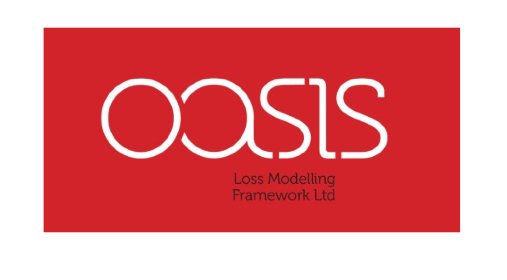The Oasisframework is open to anyone with an interest in creating new catastrophe risk models. Owned by its members, Oasis is not-for-profit and will bring down the cost of modelling, as well as providing transparency and greater flexibility for users.
Tom Bolt, Director of Performance Management for Lloyd's, says,"It is clearly key for the market to have model transparency and choice. Oasis, an open framework, clearly adds to the pool of knowledge and gives choice to the market.It is exciting that after two years in development,Oasis members have software that they can use in addition to existing solutions.
"Dickie Whitaker, Project Director of the Oasis Loss Modelling Framework explains,"Oasis allows you to get your own view of risk. Much as apps have revolutionised smart phones, so Oasis can revolutionise the market for catastrophe models. "It is designed to operate as a set of plug-and-play components (technically, webservices), which can be developed by any member, to meet many and various needs. For the insurance industry, the potential benefits include:
•Better informed risk selection,pricingand capital allocation;•More focussed reinsurance negotiation;
•Support for regulatory compliance;
•Wider choice, greater transparency and reduced costin modelling.
Peter Taylor, Technical Director of Oasis, says, "The Oasis Framework reveals the uncertainties in pricing and capital adequacy following from variations in model and portfolio data and from within the calculations themselves. The quantitative insights into what we don't know will help us make better informed decisions."
Members can put their own models into the framework,and they can invite others, such as reinsurers, to run them, too.They are also able to develop models for sale or licence to other users. Because Oasis materially lowers the cost barriers to entry, scientific and technical experts can provide fresh views on the scientific and building vulnerability aspects of catastrophe risk management. Oasis has 22nd member, the main European climate initiative Climate KIC.
According to Trevor Maynard, Head of Lloyd's Exposure Management and Reinsurance Team, "Oasis provides a global standard to allow model developers to interact worldwide and for insurers to rapid gain access to their insights.That is very exciting and potentially very important.
"Paul Nunn, Head of Natural Catastrophe Risk Modelling, SCOR Global P&C, comments, "The Oasis framework brings genuine innovation and choice to the catastrophe risk modelling landscape and is particularly welcome against a backdrop of increasing insurance industry requirements."
Initially, a number ofcommercial models will be available, including four for flood, (two for Great Britain plus Australia); three for earthquake (USA, North Africa and Middle East), Cascadia tsunami and Brazilian bush fire.
From the broker's perspective, Paul Miller, International Head of Aon Benfield Analytics' Catastrophe Management team, comments: "The re/insurance industry requires catastrophe modelling solutions to deliver transparency and flexibility across peril models and software platforms. Oasis will assist in the delivery of such requirements and aid end users in developing a bespoke view of risk.
Although the insurance industry is expected to be the main user of Oasis, the framework can be useful to anyone who is interested in natural catastrophes, not just financial services, but also risk managers in large corporations, governments and inter-governmental bodies.













 Oasis Loss Modelling Framework today unveils the most significant development in the modelling of natural catastrophe losses for 20 years. Oasis, owned by 21 insurers, reinsurers and brokers, including Lloyd's and leading European and North American players, is a framework for independent catastrophe modelling; and it is now ready for use.
Oasis Loss Modelling Framework today unveils the most significant development in the modelling of natural catastrophe losses for 20 years. Oasis, owned by 21 insurers, reinsurers and brokers, including Lloyd's and leading European and North American players, is a framework for independent catastrophe modelling; and it is now ready for use.